Woodworking (Working with wood):
……… As Human Civilization evolved, one of the earliest skills to develop was the ability to work with wood. It was abundant in just about every area that was habitable. Tools for hunting, basic survival, and later for farming, were probably first fashioned from sticks and wood materials. Travel to hunting grounds, and foraging for food, may have been made by dugout canoes or using wooden carts. With time, everyday living utensils and furnishings were constructed of wood to make life easier in huts and caves.
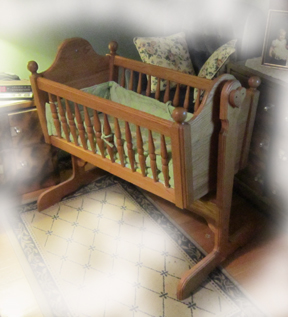
……… As civilization progressed, skills in many areas developed, and so did professions that enabled a person to function and earn a living within their societies. Those that could work with wood became carpenters, wood carvers, boat builders and cabinetmakers, and more. These skills became crafts, and with time it came to a point where it was not enough just to produce something useful. Artistic impression in creativity, design, shape, esthetics and ergonomics became much more.
It can be said, that such creations in WOOD, are WORKS of Art.
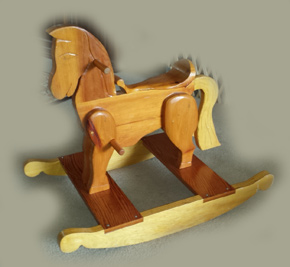
Slab Wood:
Slab wood was historically a waste by-product of the Lumber Industry. Lumber used in construction and other building processes normally needs to be square. But logs from trees used for lumber are round. In the Sawmill, the bark and outside of a log is sliced off as the lumber is squared. It was mostly seen as waste that piled up and was of limited use, except perhaps for kindling. Often these piles of excess slabs that could not be utilized were just burned. Environmental concerns regarding burning, air pollution, and global warming came to the forefront. Technological advances in materials and construction methods have resulted in the development and manufacture of natural wood substitutes. Composites utilizing wood waste and other by-products, such as particleboard, strandboard (OSB), fibreboard, MDF, hardboard and other, have been developed and utilized in the industry for many years now. These two developments in part, have reduced the amount of slab wood that was not being utilized. Slab wood is now rarely burned so that it can be rid of. This is mostly due, to a certain extent, to government environmental laws and policies. In larger sawmills the slabs are not just discarded to the side, but are directly put through “wood chipper” machines that reduce the wood into smaller wood chips. These are then sent off or sold to industries that process and manufacture the various composite products.
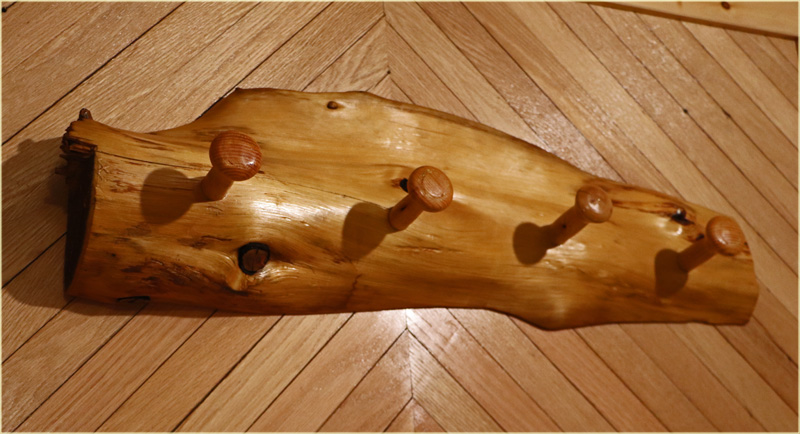

Some smaller operations, and portable sawmill operators often do not have the means to dispose of access slab wood, and are more than happy to give it away to local residents and cottagers for kindling and campfires. A number of hardwoods and some softwood species have an innate beauty in its bark and wood combinations. If worked in the proper way, the resulting products have appealing and unique characteristics. As a consequence, creations utilizing slab wood can often be seen as objects of charm and beauty.
A little about me … and why this!
………I first realized that I had an latent skill and ability to create, and work with tools, at an early age. I was in Grade 7&8 at Kent Sr. Public School in the Industrial Arts program (aka: Shop class). Working with wood and metal came easily to me even then. At that point I decided that I wouldn’t attend the local Collegiate. It was a mere three blocks from my home. My choice was to go to the designated Technical High School, Central Technical School in Toronto. It was two busses and a subway ride each way, each day, for five years. Although I enjoyed working with tools, I was also very interested in electrical theory and electronics. That was my major option for the duration, until Grade 12. Drafting was also included in the curriculum each year of those years. This gave a person a good base in planning and design skills, required in “making and building”. My parents encouraged me to go to University however, since academically I was coping in a satisfactory fashion. Grade 13 prepared me towards that goal.
………In those early years, I also discovered that I enjoyed teaching and to work with young minds. This came from my experiences in the Scouting and Air Cadet movement. In each organization I advanced to work as an instructor, and earned a Commission with the Canadian Armed forces. My goal then became to be a teacher directed through my studies. The dilemma of which direction my life and skills would take me, quickly cleared up. I was able to teach, and also became qualified to teach in the Industrial Arts field. This enabled me to teach, and also to share my skills, with my students.
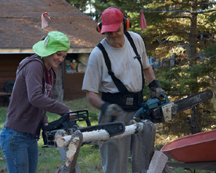
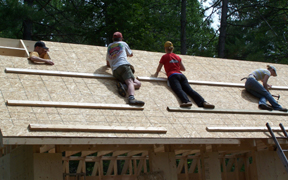
………My experience in the High School technological courses served me well. I was able to utilize many of the learned skills in my personal life. My wife and I purchased a cottage lot just east of Algonquin Park’s east gate. I was able to plan, design and build our family cottage. I was able to accomplish this using my own hands and with help only from family and some friends. My daughters are skilled roofers and experts in building construction. They can out dual any guy, using a skill saw, chain saw or a portable drill. Along the way I honed my skills in wood working, producing a variety of shelves, coat hooks and hangers, clocks, lamps, picture frames, benches, and more, to furnish the interior. Admirers have remarked, that I should go into the business. And so I did …
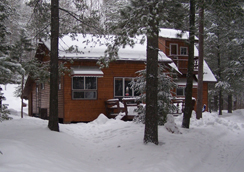
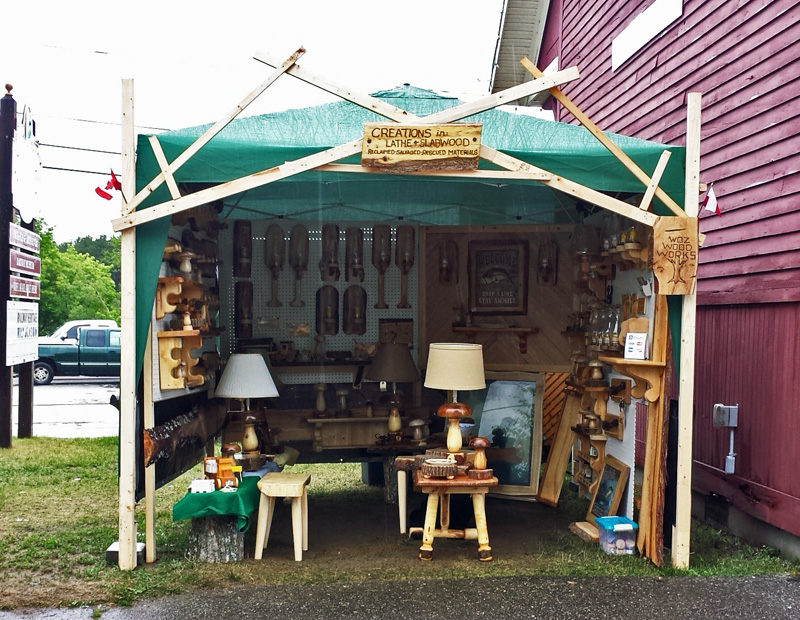
Life continued as I prepared for the next stage in my life. As my teaching career ended, I continue to use my skills to continue the art of wood working and to share my creations with those that will appreciate them.